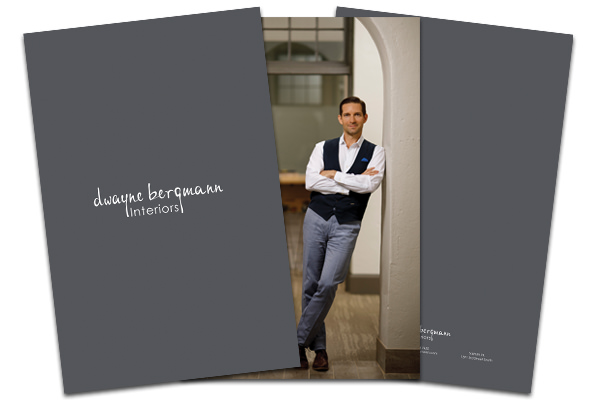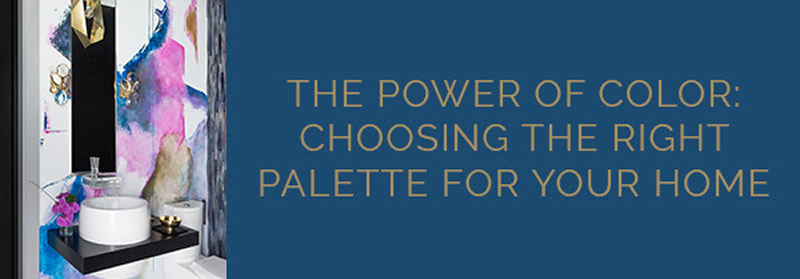
Every home has a unique story, and the right color palette is the key to unlocking its full potential. It’s no secret that color plays a significant role in interior design and can have profound psychological and visual impacts on the energetic atmosphere of a space. Whether you prefer a cozy, warm ambiance or a vibrant, lively atmosphere, Dwayne shares insights that will help you make informed decisions to transform your home into a place that truly reflects your personality and style.
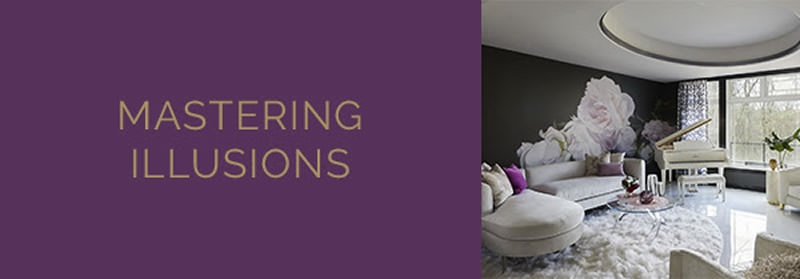
Color can visually alter the perception of space. Lighter colors tend to make a room feel more spacious and open, while darker colors can create a cozier and more intimate atmosphere. Achieving the desired perception of space often involves balancing light and dark colors. By blending lighter and darker hues within a room’s color scheme, designers can create contrast and depth. This balance ensures that a space feels neither overwhelmingly open nor excessively confined.
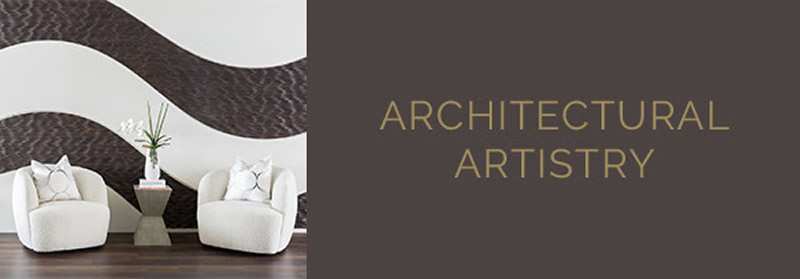
Colors can be used to emphasize or downplay architectural features. For instance, bold colors on an accent wall or on architectural elements like moldings and trims can draw attention to a focal point. Meanwhile, neutral colors can help architectural elements blend into the background. This not only adds visual interest but can also influence the perception of a room’s dimensions.
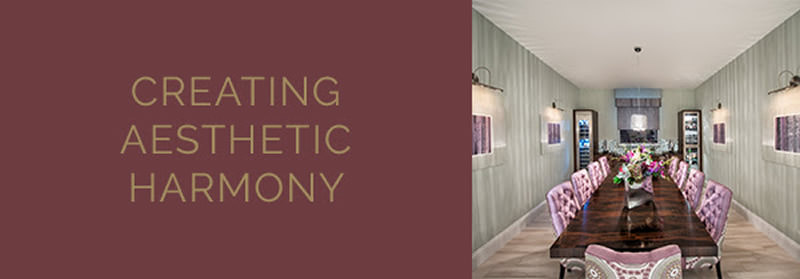
A harmonious and balanced interior is one where all the elements work together cohesively. Color plays a pivotal role in achieving this cohesion. A well-chosen color scheme involves selecting a palette of colors that complement each other, creating a unified and visually pleasing environment. Designers use color theory principles to guide their choices, but they also consider personal preferences and the desired ambiance to ensure that the final design resonates with your personality and vision.



